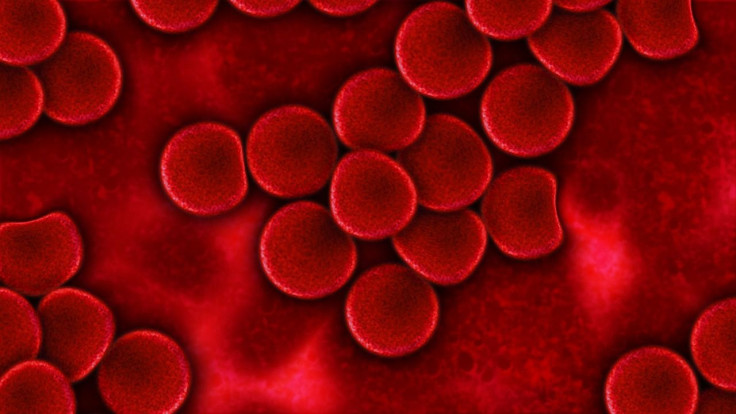Syphilis In Men: Symptoms And Signs Of The Silent STD

It starts as a seemingly harmless sore, but it becomes a lot more dangerous if it’s not treated, and it represents a serious threat to the gay community, health officials note.
The sexually transmitted disease syphilis is on the rise in general, according to recently released numbers from the Centers for Disease Control and Prevention, with 24,000 cases in 2015. But outbreaks are increasing among gay and bisexual men in particular — in reported cases of male syphilis in which the partner’s gender is known, 83 percent of the bacterial infections stem from intercourse with other men.
According to the Mayo Clinic, a new infection typically begins with a sore on the genitals, rectum or mouth, at the site where it was contracted a few weeks prior; sexual contact with the sore spreads the illness. “Many people who have syphilis don't notice the [sore] because it's usually painless, and it may be hidden within the ... rectum,” the organization says. And it will heal on its own.
This is more critical than it sounds: “Syphilis has been called ‘the great imitator’ because it has so many possible symptoms, many of which look like symptoms from other diseases,” the CDC says. “The painless syphilis sore that you would get after you are first infected can be confused for an ingrown hair, zipper cut, or other seemingly harmless bump.”
From there, the Mayo Clinic notes, a non-itchy rash forms all over the body “and may be accompanied by wart-like sores in the mouth or genital area.” Other common symptoms in this second stage, which may come and go for up to a year, include hair loss, muscle aches, fever and sore throat. Once that is through, the disease enters a long stage of latency in which there are no outward symptoms. In about 15 to 30 percent of people, after this latent period, which can be decades long, the syphilis strikes back — “The disease may damage your brain, nerves, eyes, heart, blood vessels, liver, bones and joints. These problems may occur many years after the original, untreated infection.” It can cause nervous system issues as well, including stroke, pain, sensory problems, dementia and impotence.
Compounding the trouble of identifying syphilis for what it is, symptoms across the stages of the disease vary and may overlap or appear out of order. “Many men who get syphilis do not have any symptoms for years, yet they remain at risk for health problems later on if they are not treated,” the CDC says. “Individuals who are unaware of their infection may be spreading it to their sex partners.”
There are other ramifications too: The genital sores that come with syphilis make it easier to transmit HIV — the CDC notes that people with syphilis are more likely to have or contract HIV because “having a sore or break in the skin from an STD such as syphilis may allow HIV to more easily enter your body.”
The way to avoid these problems is to get tested for the syphilis. It can be treated with penicillin, although a brand new infection can always develop after sexual contact with someone who has the disease.
It cannot spread by sharing a toilet, a shower, clothing or cutlery with an infected person.
For more information, visit the CDC’s website.
Published by Medicaldaily.com



























